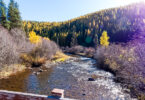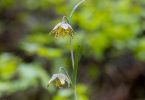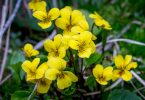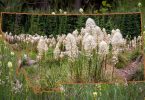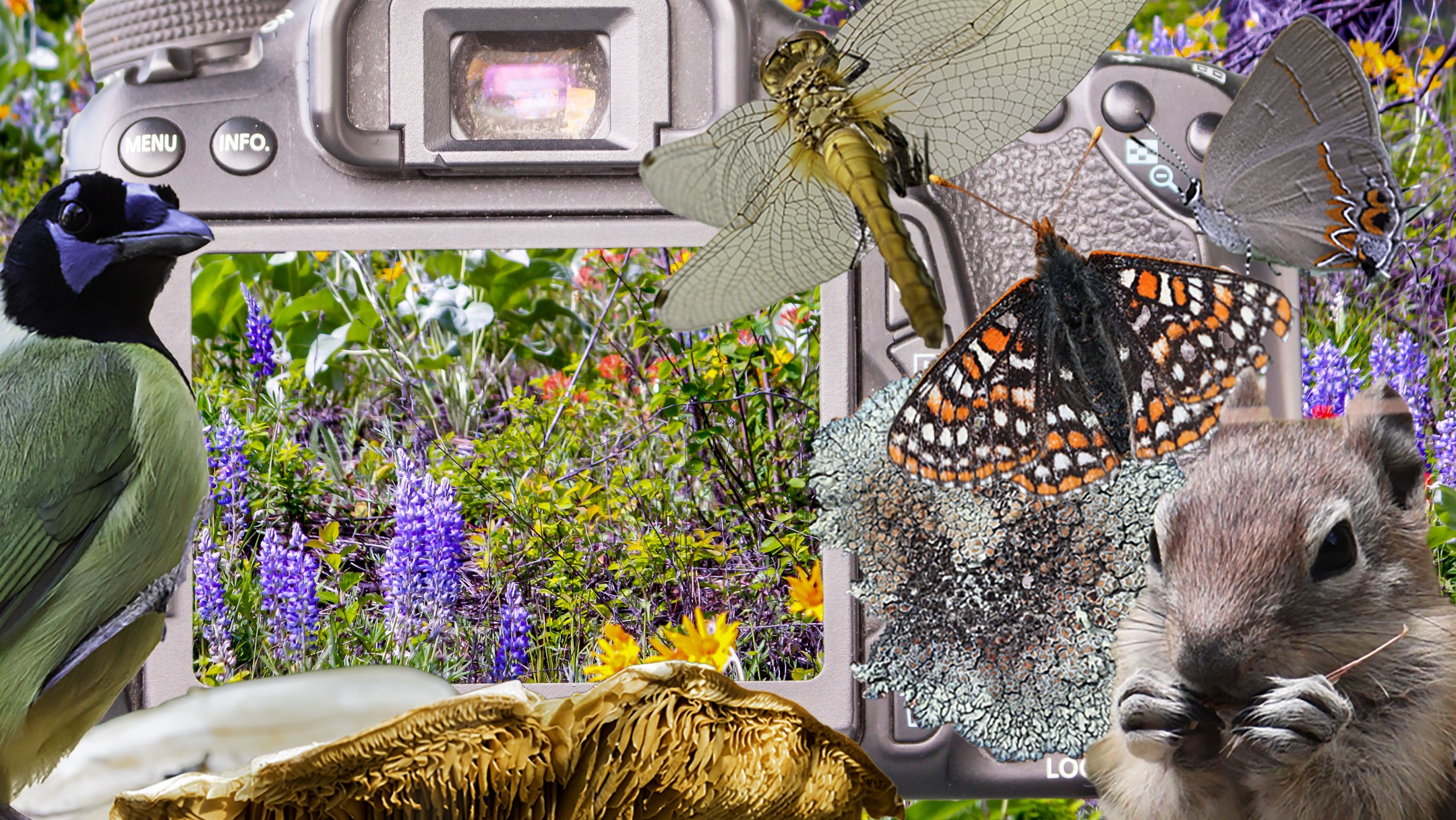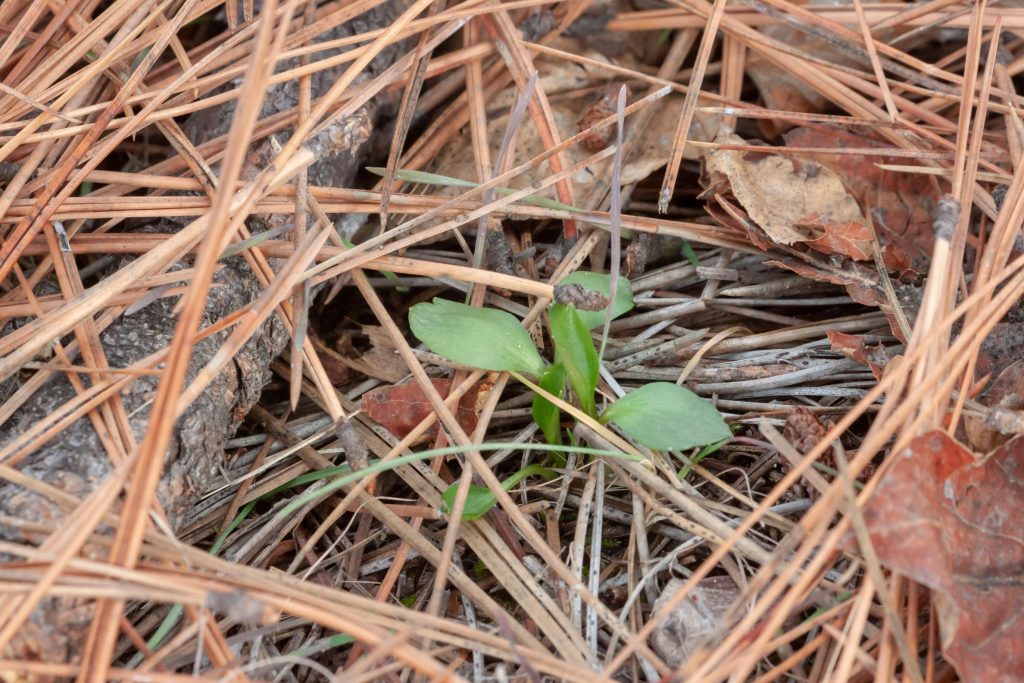
First leaves 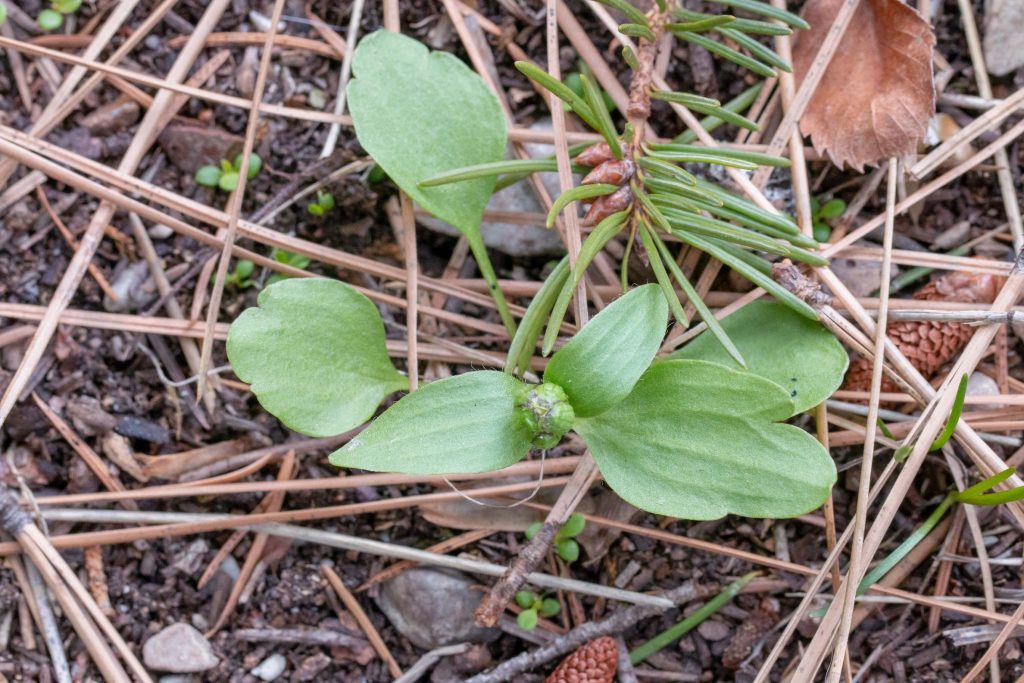
Flower bud 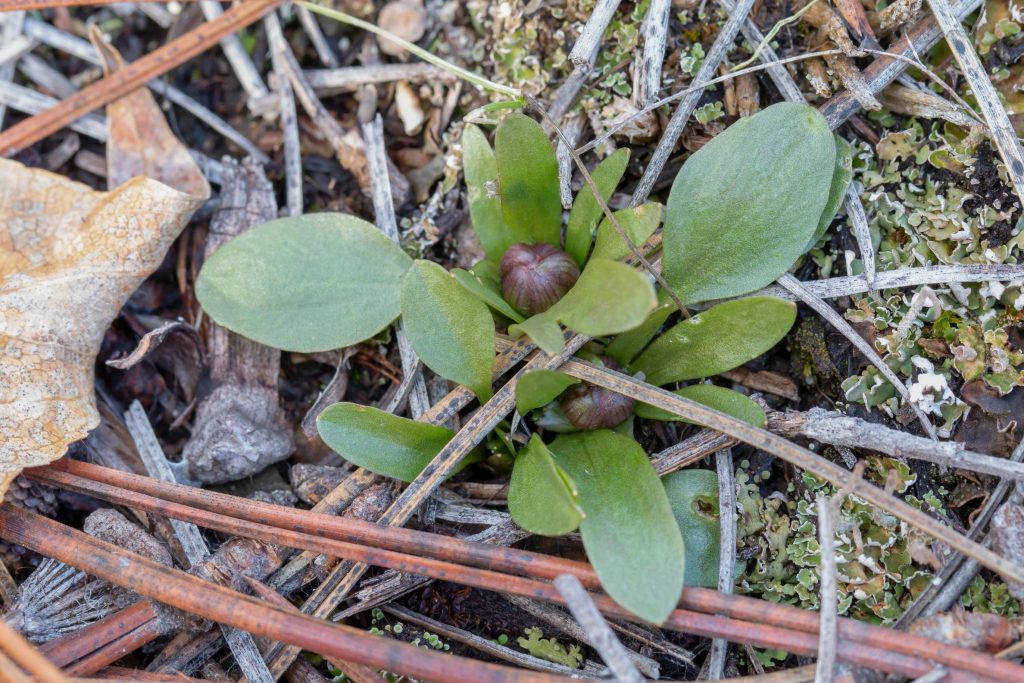
Developing flower 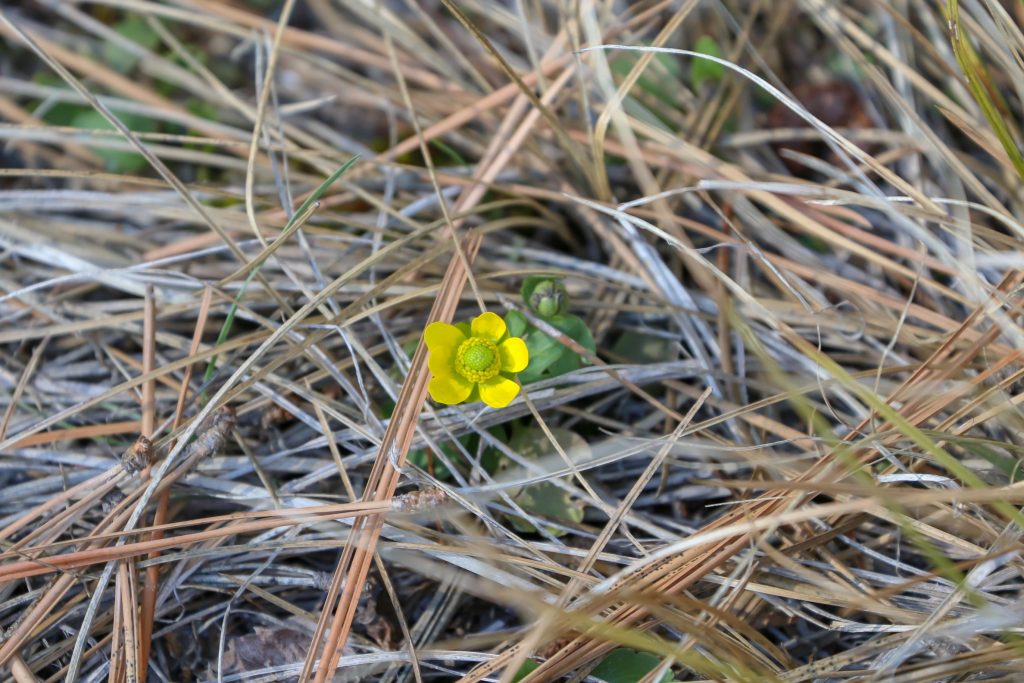
Bloom peeking out of pine needle 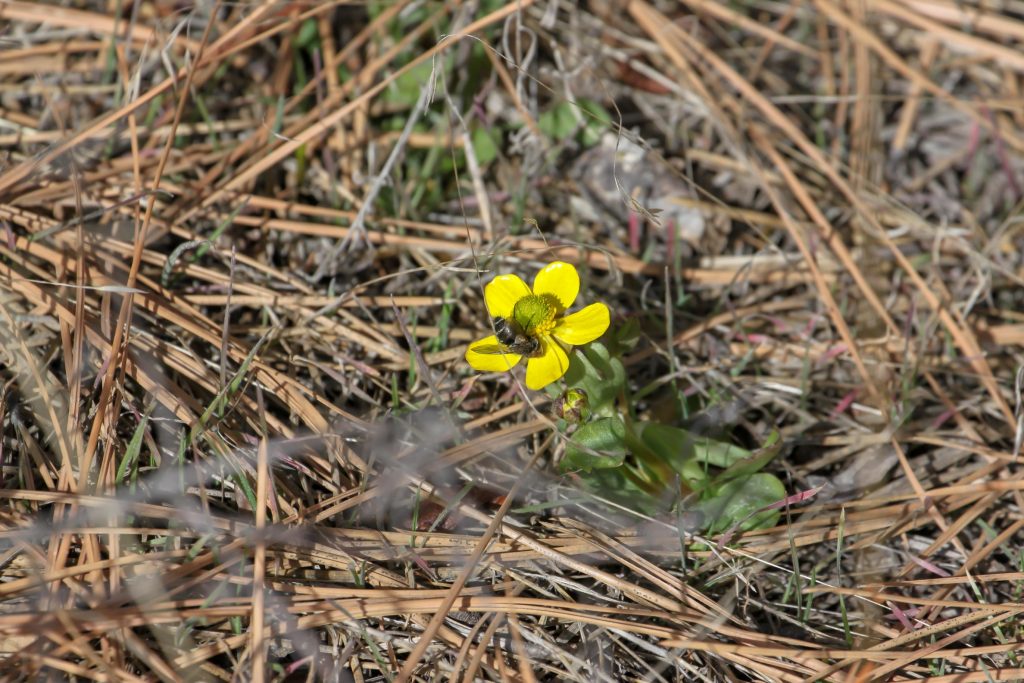
Insect visiting 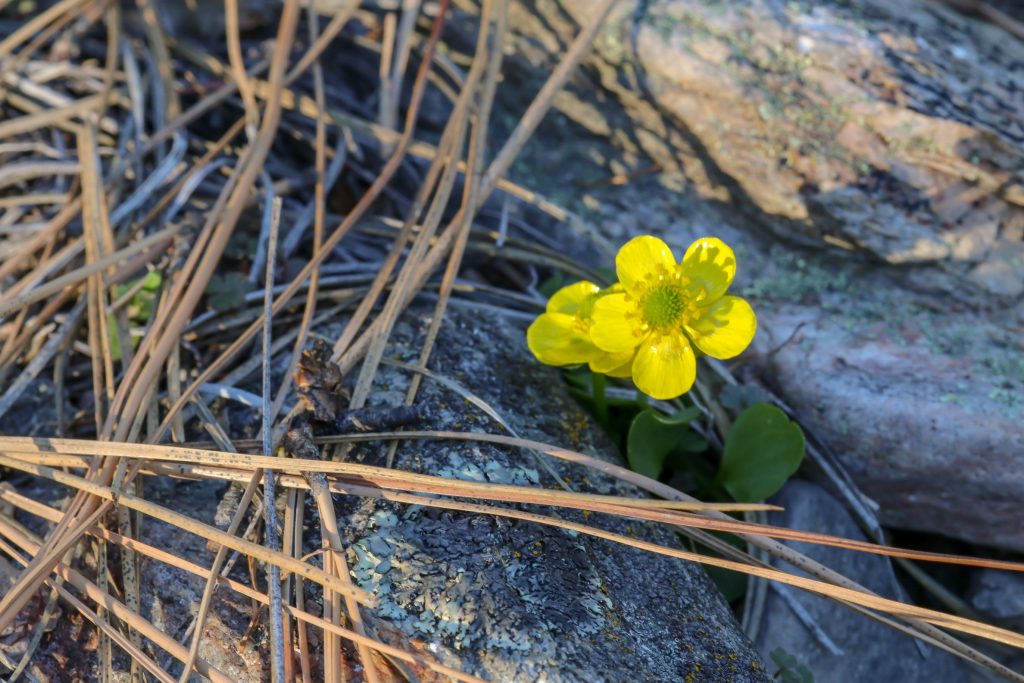
Growing out of rock? 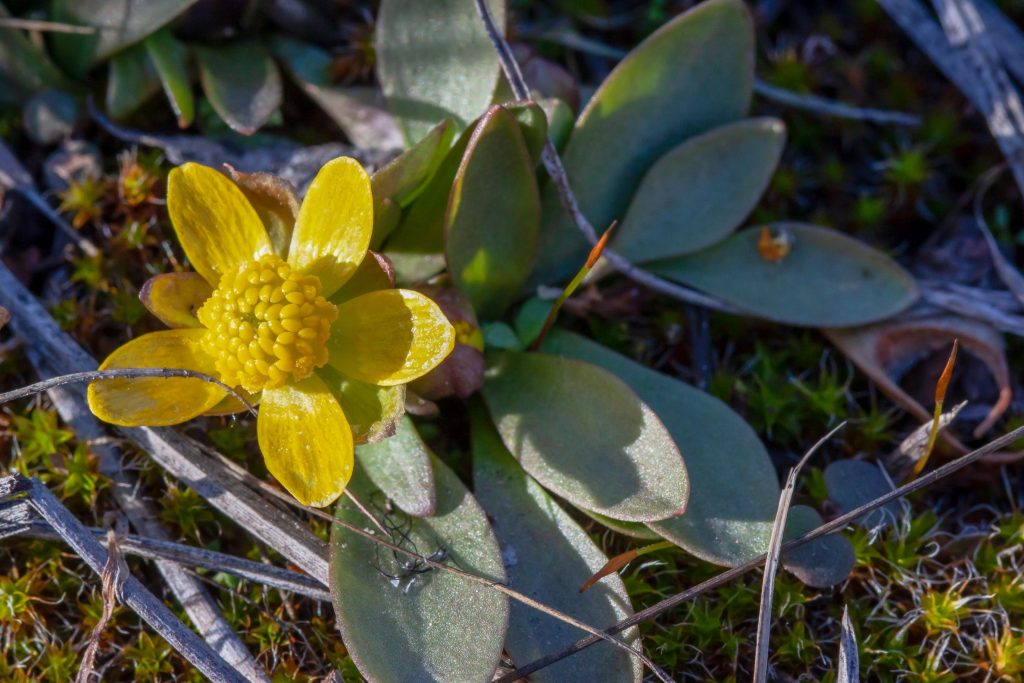
Short, ground hugger plant 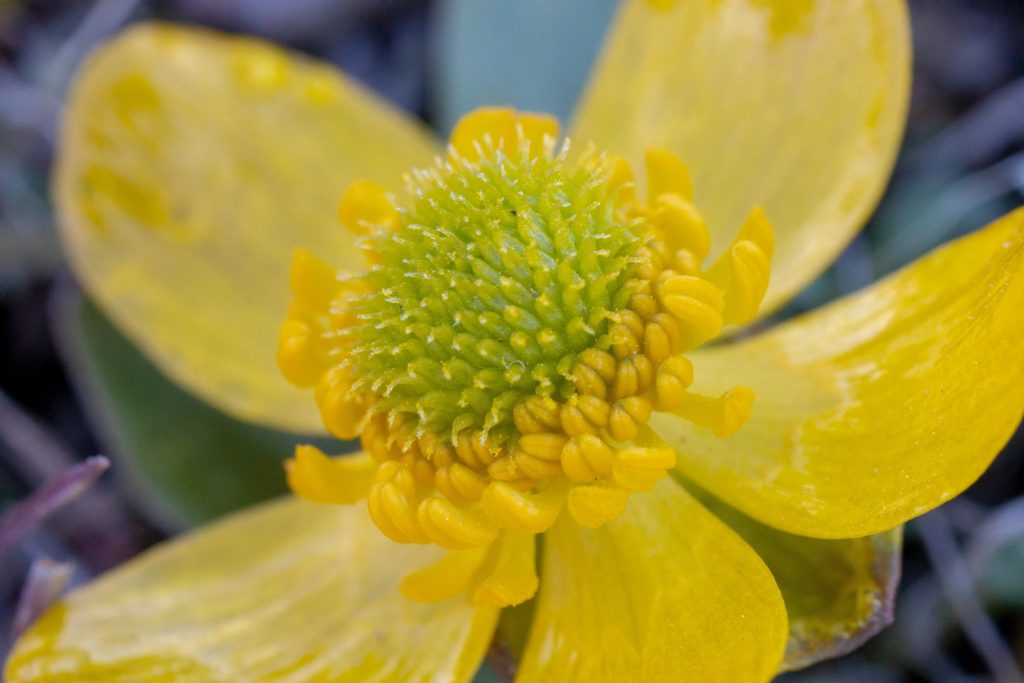
Macro of the waxy flower 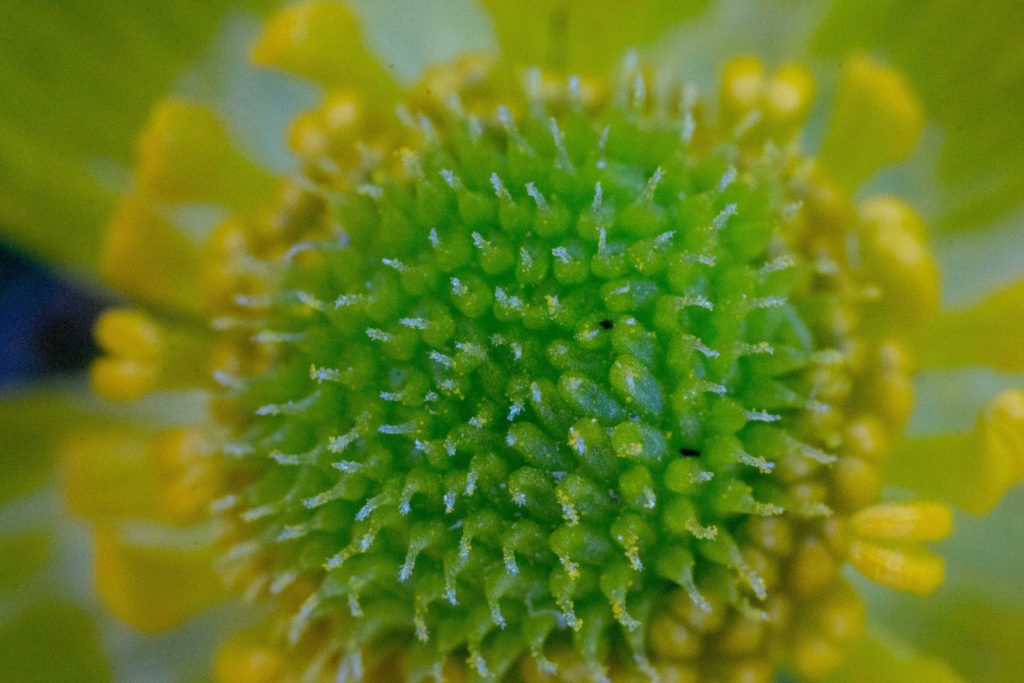
Flower pistil macro 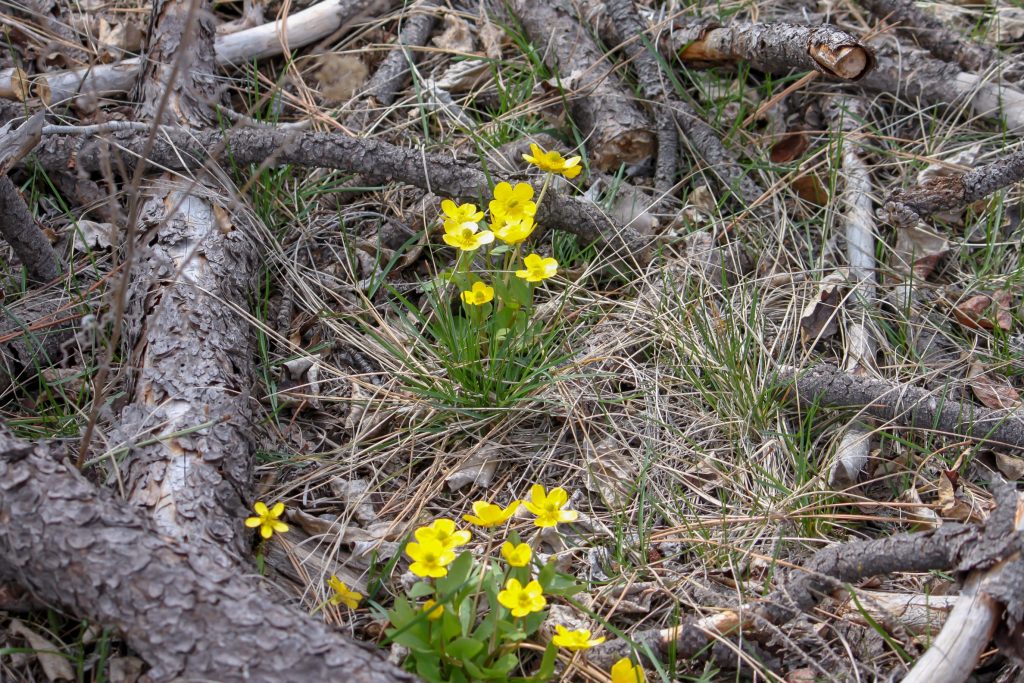
Robust growth form 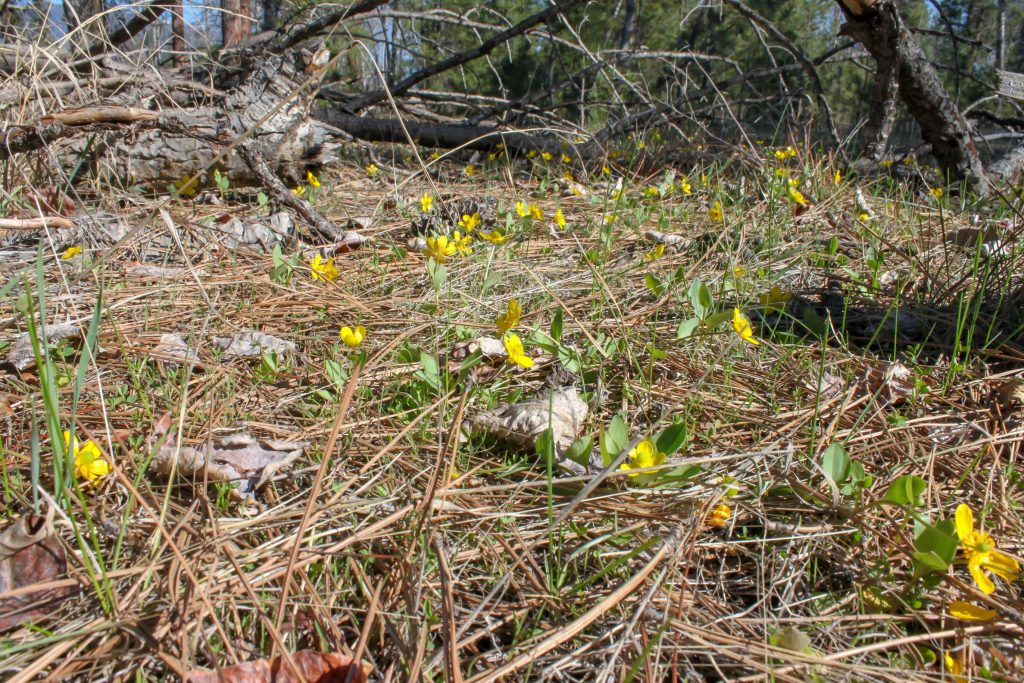
Turf view 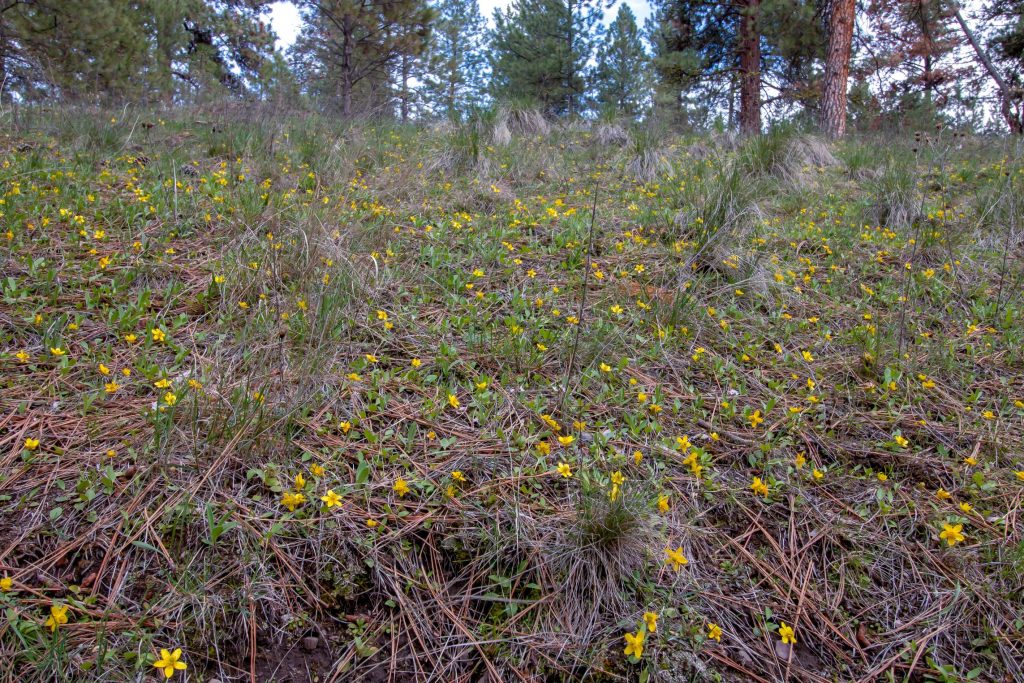
Trail view
Spring won’t officially be here until Wednesday, March 20, but there are already signs or actually flowering happening in many parts of the country.
Snow from recent winter storms now covers much of the landscape here in western Montana. Though, on February 1 one could easily find areas where the ground was snow free. That is typically my time frame to look for signs of spring. I’m not expecting to find flowers, but the most rudimentary evidence, i.e. green leaves. And some Sagebrush Buttercup (Ranunculus glaberrimus) plants can usually be found…and yes, I did.
It seems a given that plants can detect warmth and then engage appropriate physiological change. Singer (2018) outlines research from the last twenty years detailing how plants produce blossoms (combination of warmth, light), something previously we didn’t know or were guessing about. Some finer details are still in need of discovery i.e. what are the exact processes, chemical reactions that plants use to detect warmth. It is guessed that phytochrome pigments that sense infrared light have a dual function of determining temperature also.
There are 65 native species of Ranunculus in North America (Brandenburg 2010). There are more than 300 kinds worldwide that exhibit bright, shiny, wax-like flower petals (Sanders 2003). The genus name originates from Latin meaning ‘little frog’ probably a reference to the wet habitats that buttercups typically occupy (Horn, Cathcart, Hemmerly, Duhl 2018). Buttercups are better appreciated from a distance and not handled; they contain protoanemonin which blisters or inflames skin (Johnson, Kershaw, MacKinnon, Pojar 1995).
Perhaps you don’t want to wait for local wildflowers to show. Recent and above normal rains in California and Arizona are already producing or setting up a spectacle of wildflower display; access Desert Wildflower Report to make your travel plans now. Other early season wildflowers besides buttercups are outlined and identified from these links for Pennsylvania and Ohio. Harbinger of Spring (Eregenia bulbosa) is a small, early season wildflower found over a large swatch of the eastern U.S. that you could also look for now.

